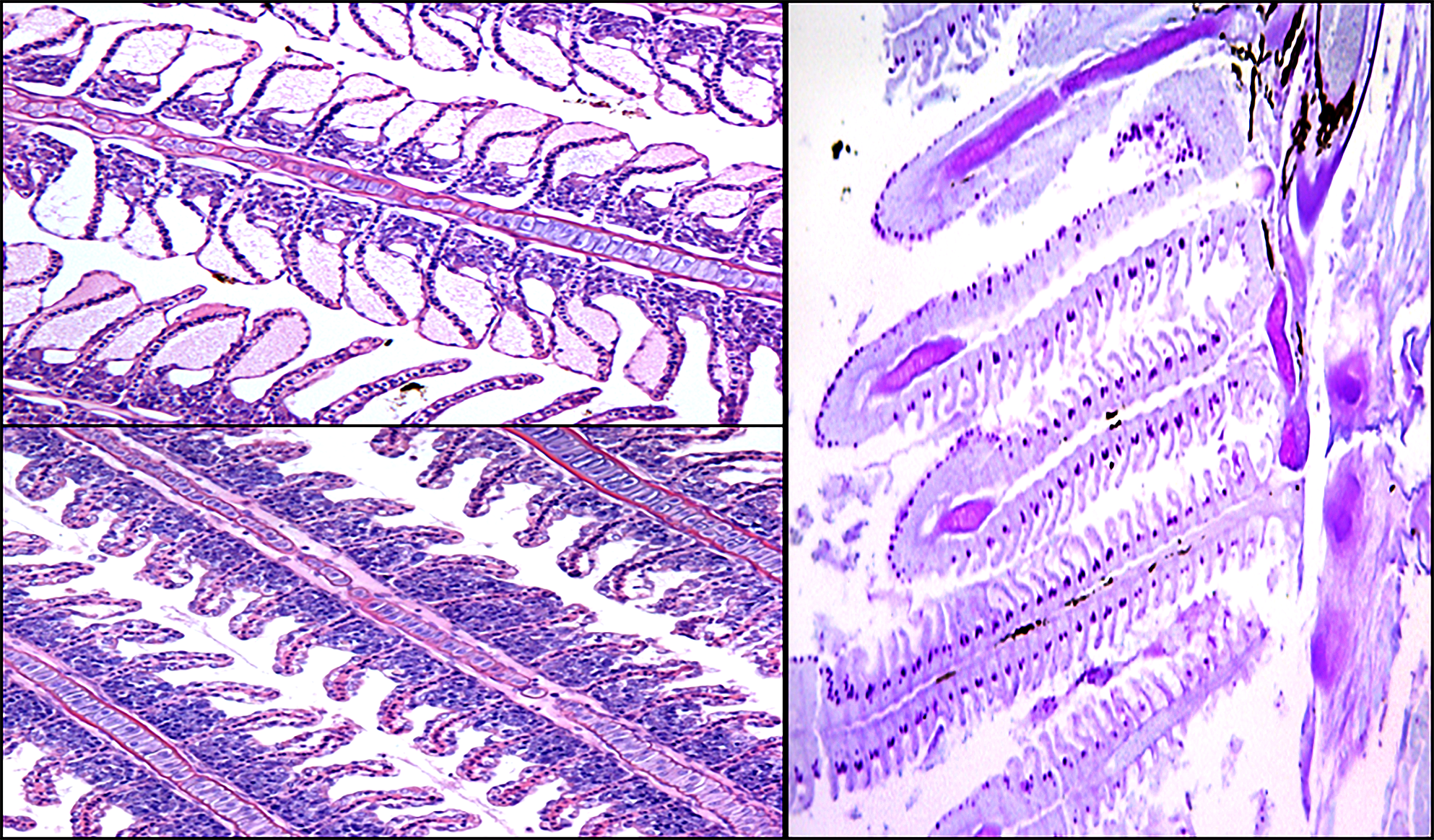An article produced by the journal Nature recently took a look at a variety of rodent poisons that ecotoxicologists are increasingly finding present in “non-target” wildlife species.
Recent research has brought to light just how toxic a group of blood thinning rodent poisons are to animals, such as predatory birds. Raptors—hawks, owls, eagles, and falcons—in particular are one of the hardest hit groups, as rodents are considered one of their dietary staples.
Much like the typical mousetrap, these blood-thinning agents are available at household department stores and are typically used to exterminate common house mice.
When rodents—from moles, voles, and field mice, to squirrels, chipmunks, and ground squirrels—consume anticoagulant poisons, the physiological effect is that they essentially lose the ability to produce clotting agents in their blood, and this can cause them to suffer lethal internal bleeding.
Scavenging and predatory bird species like hawks and owls find these poisoned rodents and consume them, resulting in the toxic anticoagulant bioaccumulating in the birds, potentially resulting in their death.
The variety of chemicals under consideration are known as second-generation anticoagulant rodenticides (SGAR), and function similar to first-generation poisons like the “rat poision” warfarin – a blood-thinning agent also used by humans to treat the formation and migration of blood clots through the body.
The first/second generation distinction relates to how the toxins bioaccumulate in nature. Warfarin, being a first generation poison, is less toxic and tends not to accumulate in biological communities as significantly as SGARs.
A recent study in the surrounding Vancouver area showed that among 130 deceased predatory birds recovered and autopsied, nearly 100 per cent of hawks and owls contained traces of at least one SGAR in their livers.
The U.S. Environmental Protection Agency is entertaining banning sales of SGAR products to the public, while Health Canada has vowed “as of January 1, 2013, [to restrict] several commercial class rodenticides.”
“The intent is to prevent the accidental exposure of children and non-target animals.”


